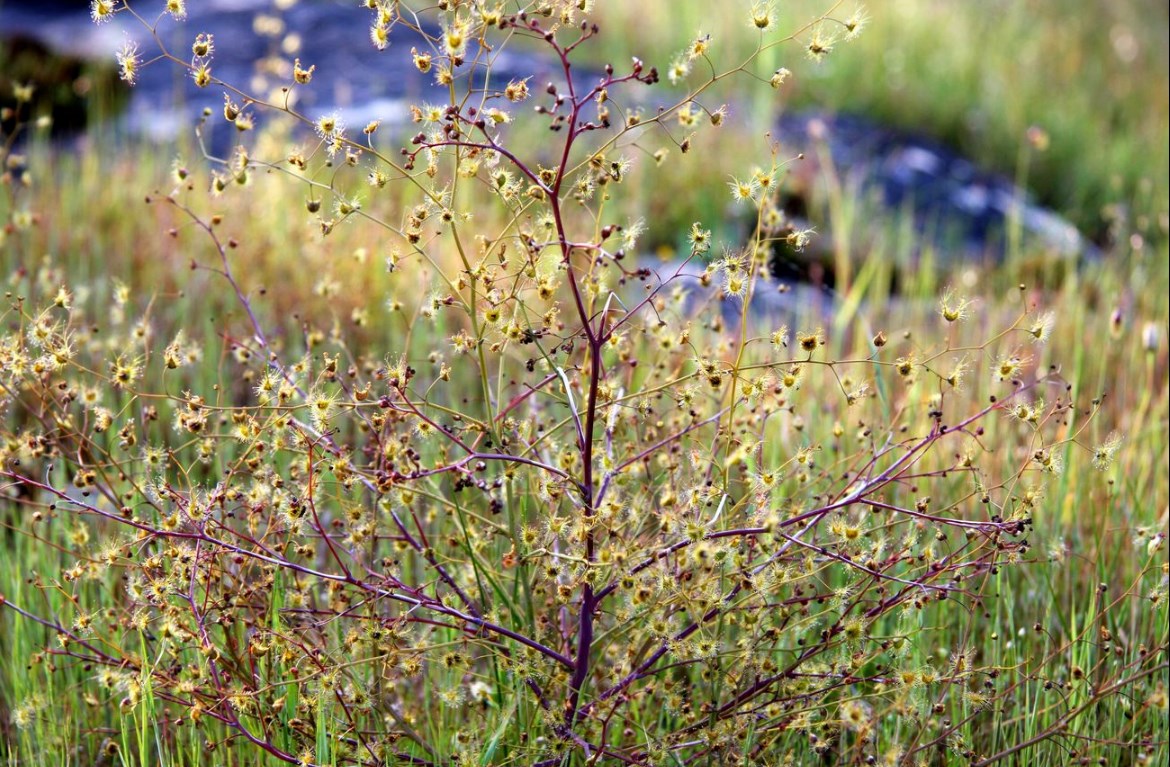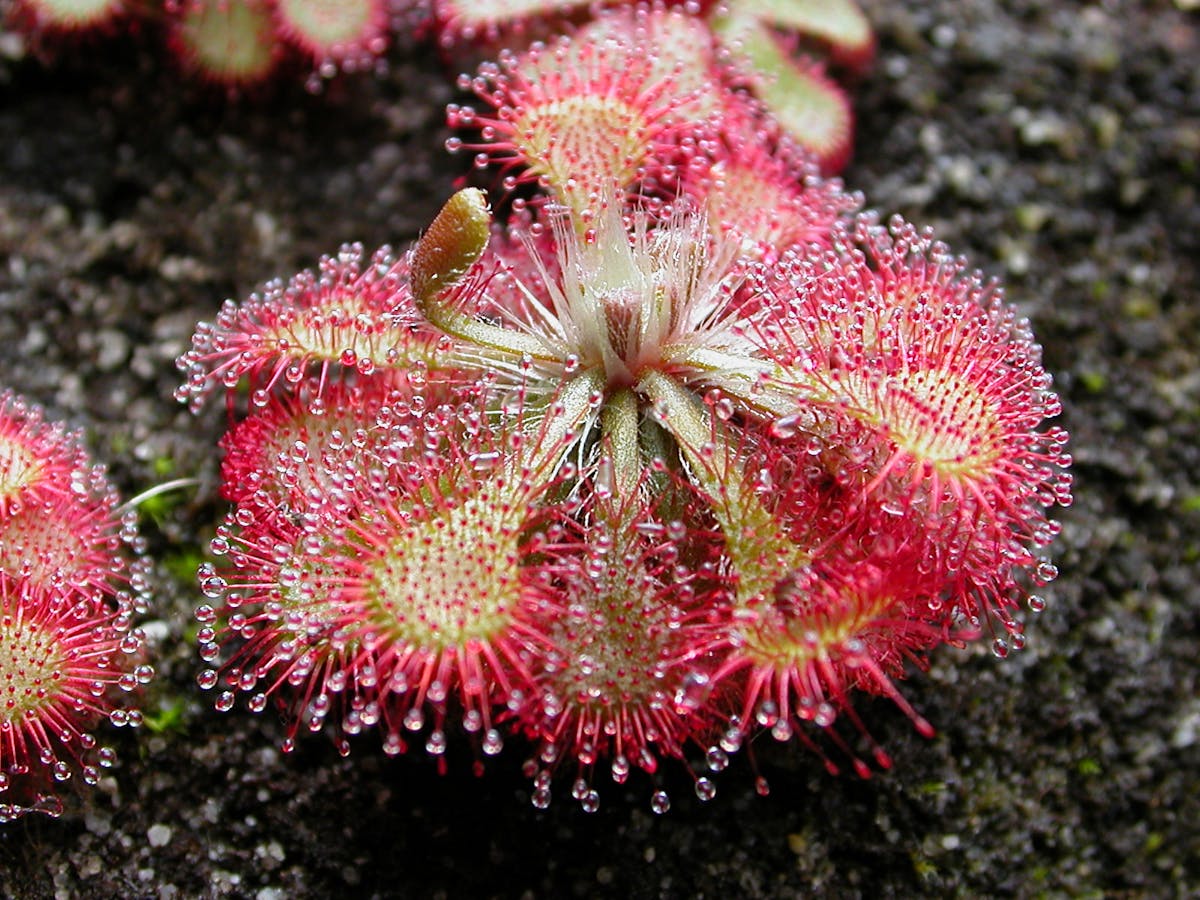Species of the Week: sundew
Each Wednesday, One Earth’s “Species of the Week” series highlights a relatively unknown and fascinating species to showcase the beauty, diversity, and remarkable characteristics of our shared planet Earth.
If insects had their own horror film franchise, the villain might look something like the cunningly-named Sundew. One of the most diverse genus of carnivorous plants in the world, with 194 species found on almost every continent of earth, the sundew (Drosera), is a petrifying monster to unassuming prey.
The sticky mucilage secreted from the glandular tentacles on its leaves immobilizes its victim. The prey are extinguished either through exhaustion or through asphyxiation as the mucilage envelops them. The leaf then curls around the insect and releases digestive enzymes that break down the body so its nutrients can be absorbed. According to Charles Darwin, the contact of a mere gnat to a single tentacle is enough to induce this reflex.
Sundews range in size, from a couple of centimeters, to a few feet. They typically grow in poor soil, and wouldn’t survive without the supplemented nutrients from its kills. Their tentacle-covered leaves come in a wide array of designs: circular, wedge-shaped, shield-shaped, thin as a string, fanned like ferns, or intricate and deadly as a spider web.
_-_Jonathan_Dickinson_State_Park.jpg)
Drosera capillaris, the pink sundew, is a frequently found in wet pine flatwoods and bogs of the southeastern United States, ranging from eastern Texas east to Florida and north to Virginia, as well as in some areas of the Caribbean. Image credit: Creative Commons
Although sundews grow in a variety of biomes, including the arctic and the desert, most grow in typical carnivorous plant conditions of sunny, wet, sandy peat soil in tropical or temperate climates.
The flowers of sundews are held far above the leaves by a long stem, a distance commonly thought to be an adaptation to avoid trapping potential pollinators. Nearly all sundew flowers are radially symmetrical and have five petals.
Many species of sundews are self-fertile, their flowers pollinating upon closing, producing numerous tiny black seeds for germination. Sundews propagate quickly, ensuring that non-pollinating insects that come within their grasp don’t stand a chance.

Drosera gigantea is considered one of the largest Drosera species due to its tall, tree-like form. Image credit: Creative Commons
Although Drosera species are found throughout the world, many are threatened or endangered. Habitat destruction for development projects, as well as the draining of bogs for agricultural uses and peat harvesting form the largest threat. Thankfully, many remaining native populations lie on protected land, and are further protected by law in many European countries.

.png?auto=compress%2Cformat&w=200)
